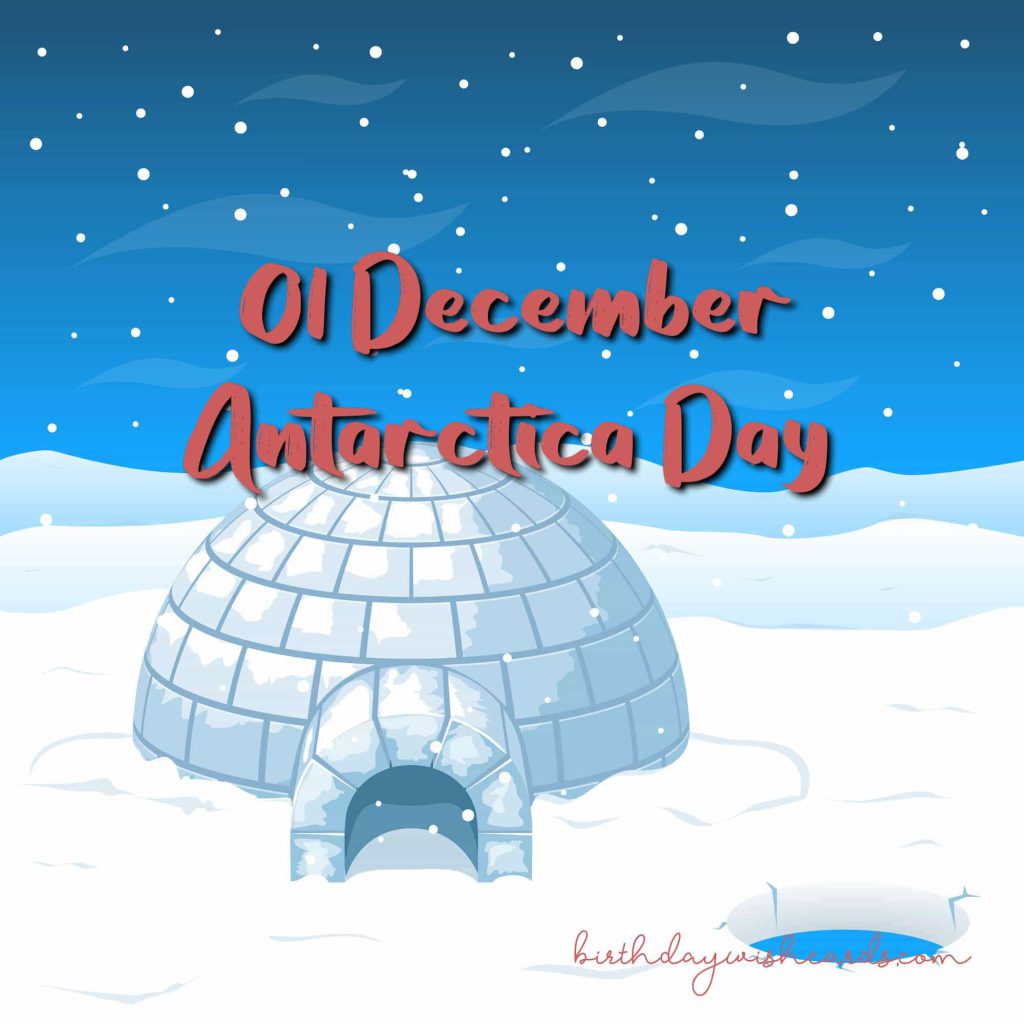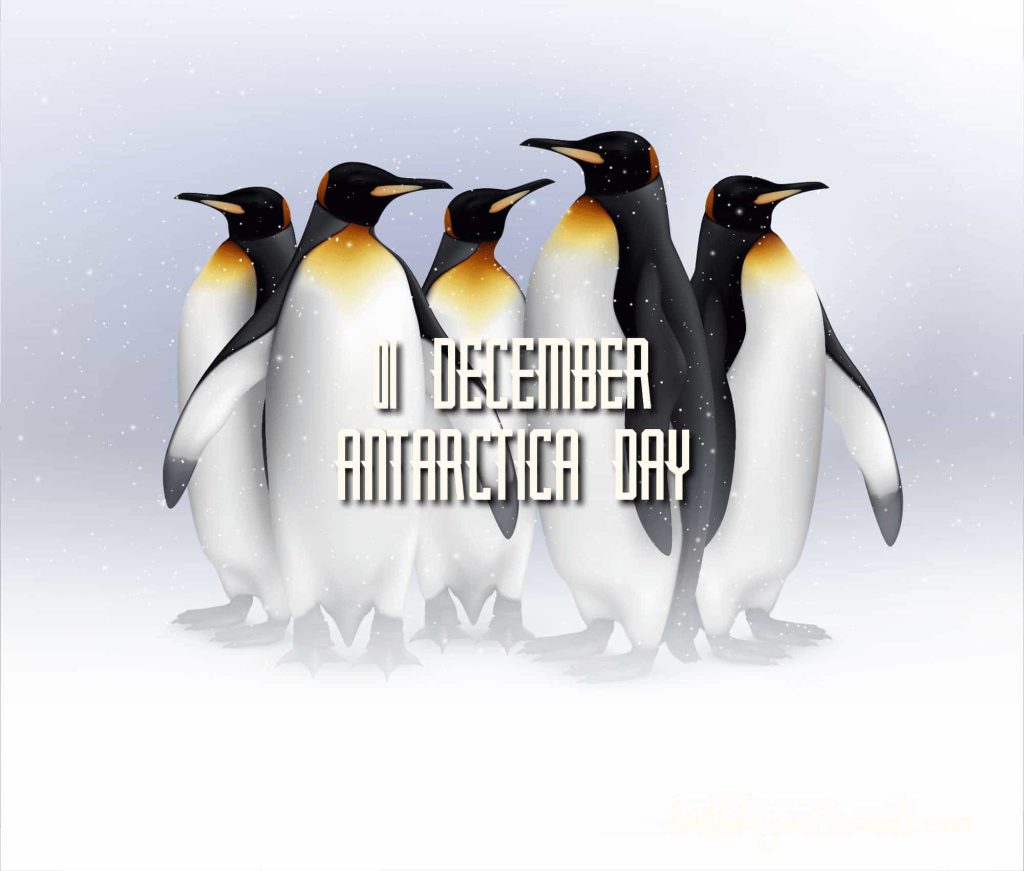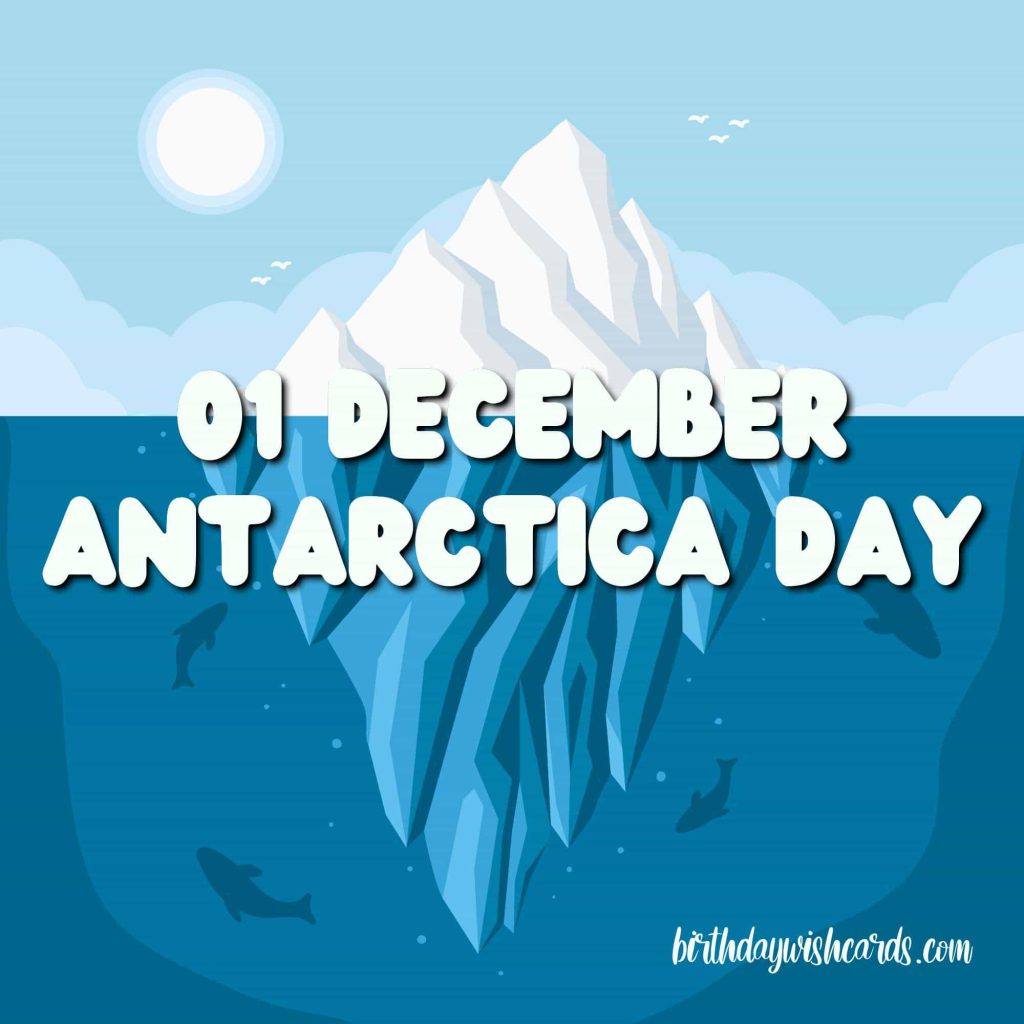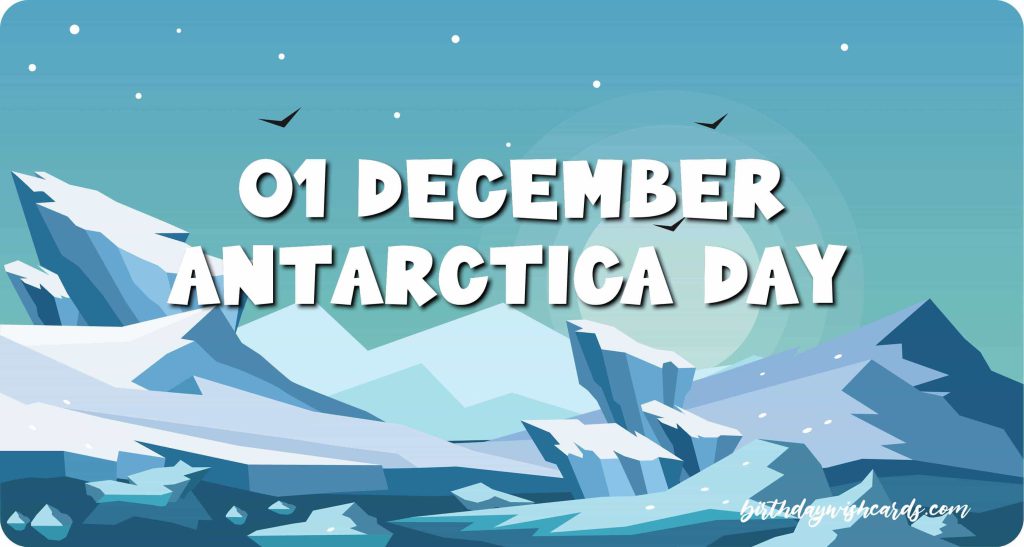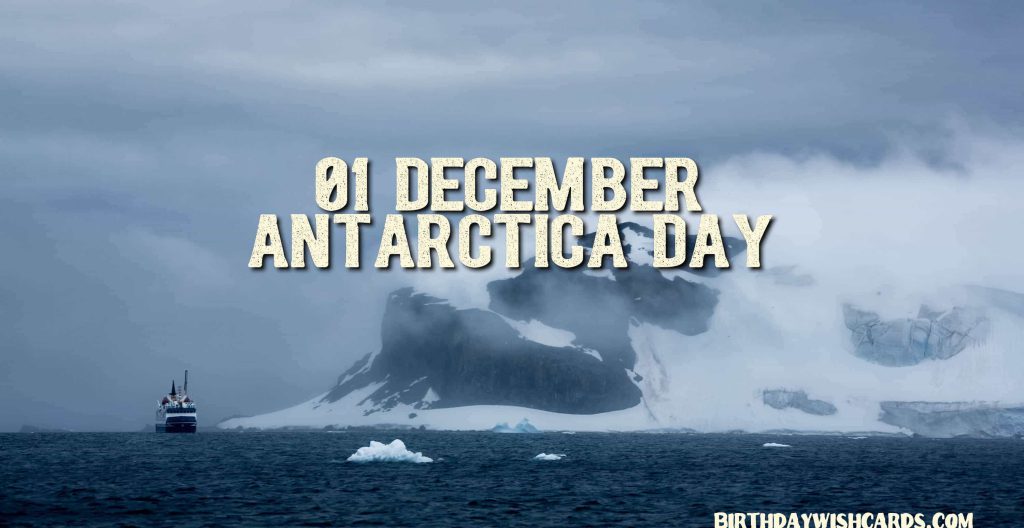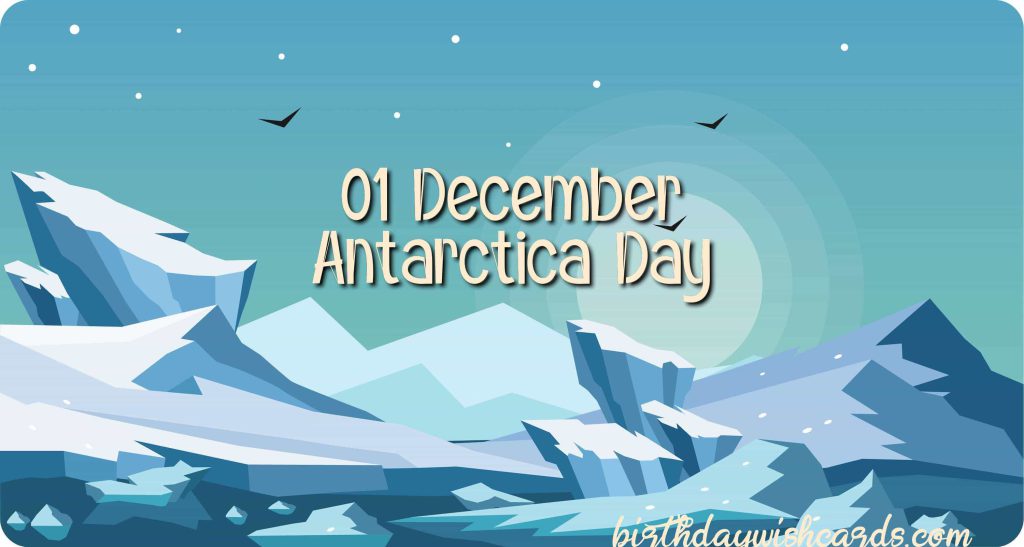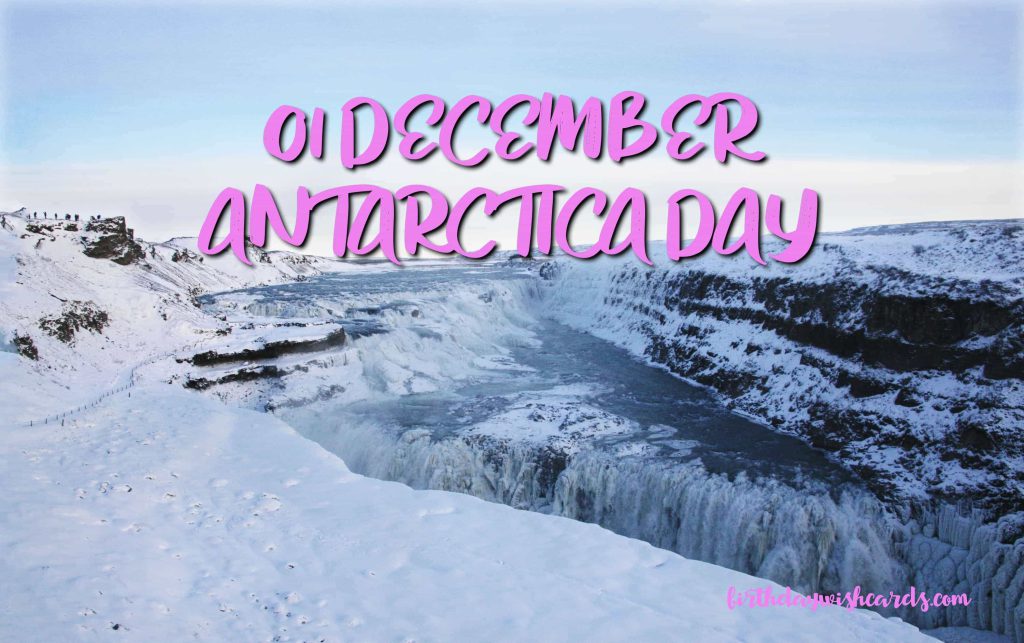
December 1: Antarctica Day — Celebrating International Cooperation and the Frozen Continent
What is Antarctica Day?
Antarctica Day is celebrated annually on December 1st to mark the anniversary of the signing of the Antarctic Treaty in 1959. This landmark agreement established Antarctica as a continent dedicated to peace and science, fostering international cooperation and environmental stewardship. Alongside Midwinter Day, Antarctica Day is one of the two principal holidays associated with the continent.
The holiday was established in 2010 by the Foundation for the Good Governance of International Spaces to highlight the unique spirit of collaboration that governs Antarctica. It also encourages educators worldwide to bring Antarctic themes into their classrooms. The creation of Antarctica Day followed the Antarctic Treaty Summit in 2009, which commemorated the treaty’s 50th anniversary.
The Significance of the Antarctic Treaty
The Antarctic Treaty is a pioneering international agreement that preserves Antarctica exclusively for peaceful purposes and scientific research. Originally signed by 12 nations in 1959, the treaty prohibits military activities, mineral mining, and nuclear testing on the continent. It also safeguards the fragile ecosystem and promotes scientific collaboration across borders.
Today, more than 50 countries are party to the treaty, making it a model of successful global governance and environmental protection. The broader Antarctic Treaty System includes additional agreements on conservation, environmental management, and scientific cooperation.
How is Antarctica Day Celebrated?
As a relatively new observance, Antarctica Day does not have longstanding traditions. However, it is widely recognized both on the continent and around the world, particularly among research stations, gateway cities, and the scientific community.
- Public Programs and Events: Organizations such as national Antarctic programs and gateway cities (e.g., Ushuaia, Punta Arenas) often host talks, lectures, and film screenings focused on Antarctic science and history.
- Educational Activities: Schools and universities may organize special lessons, presentations, or virtual tours to teach students about Antarctica’s environment, wildlife, and international cooperation.
- Media and Social Sharing: Many people mark the day by watching documentaries, listening to podcasts, or reading articles about Antarctica. Social media users share posts, photos, and facts to raise awareness of the continent’s significance and vulnerability.
- Flag Flying: Displaying the Antarctic flag or the flags of Antarctic Treaty nations is a popular way to honor the day.
Antarctica Day and Its Educational Impact
One of the central aims of Antarctica Day is to inspire educators and students to learn more about the continent. Antarctica offers a unique lens through which to explore climate change, international law, and scientific collaboration. The day provides an opportunity to:
- Discuss Antarctica’s role in regulating the global climate and sea levels.
- Highlight ongoing scientific research in fields such as glaciology, biology, and astronomy.
- Promote the Antarctic Treaty as a model for international peace and cooperation.
- Engage young people with interactive activities and virtual expeditions.
Images Capturing the Spirit of Antarctica Day
Below are photographs that showcase Antarctica’s breathtaking landscapes, scientific research, and community celebrations in honor of Antarctica Day:



